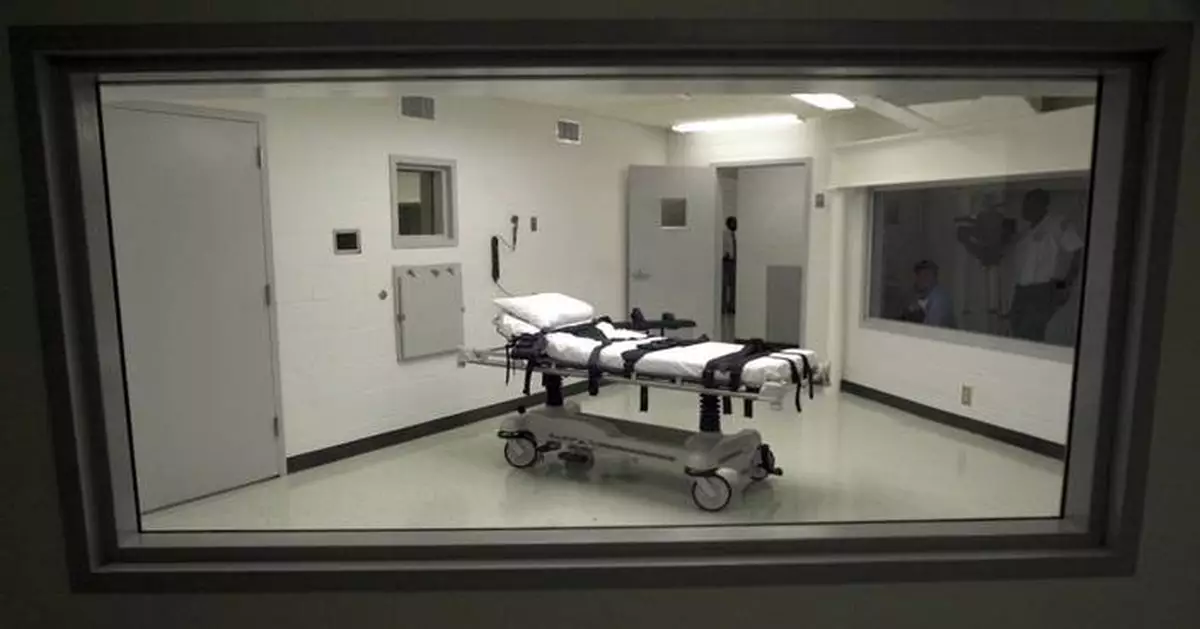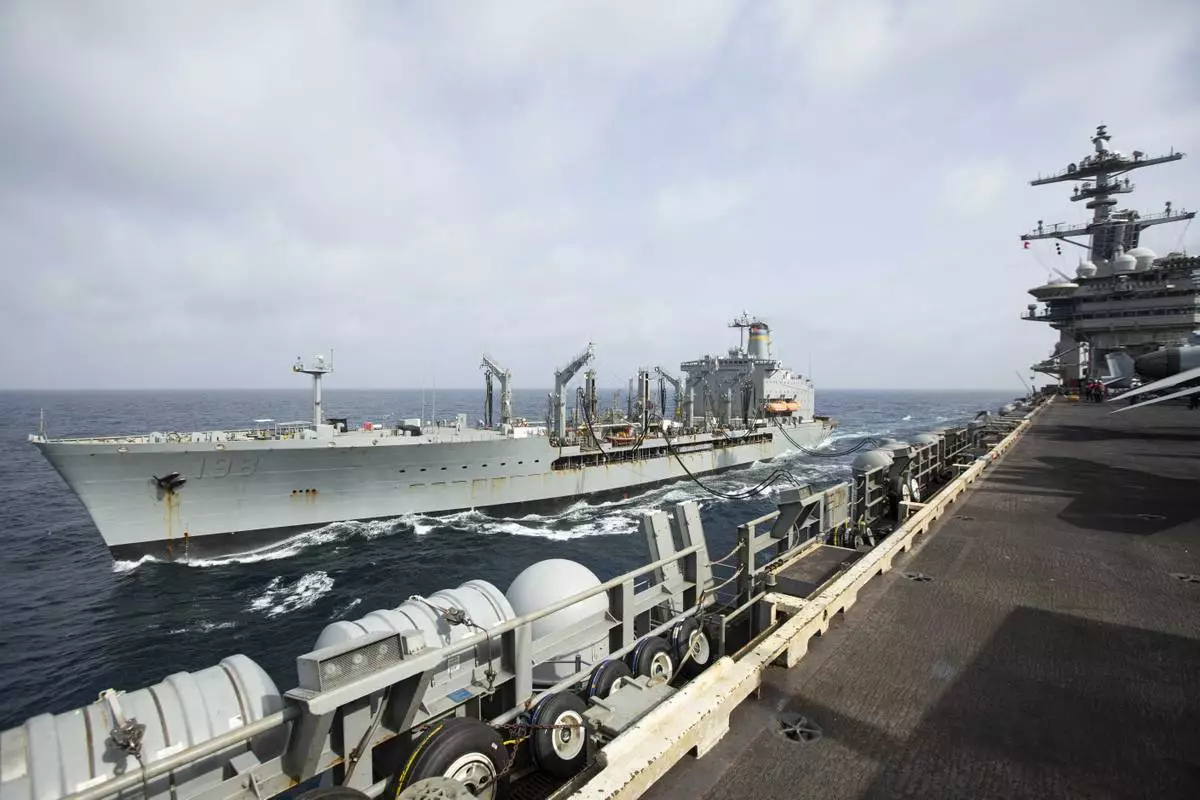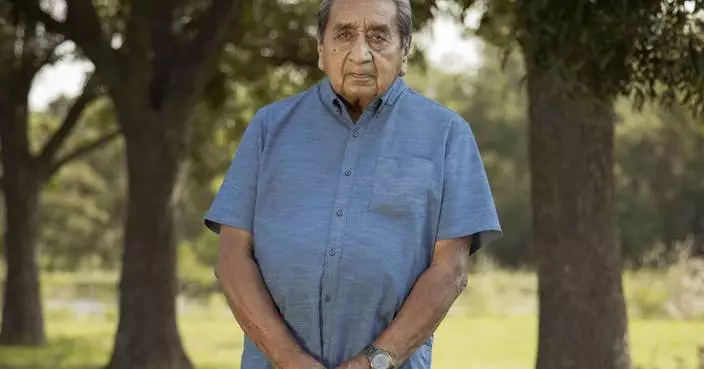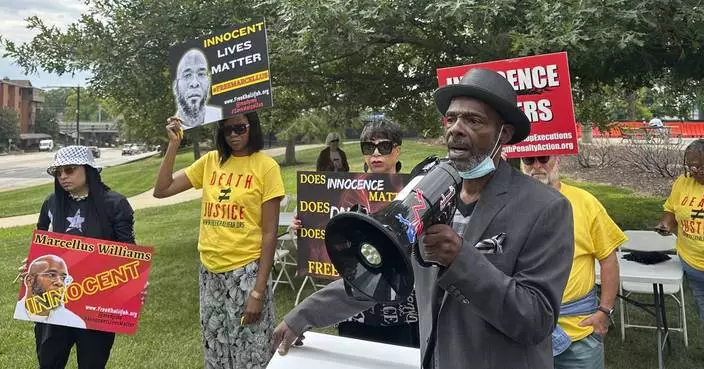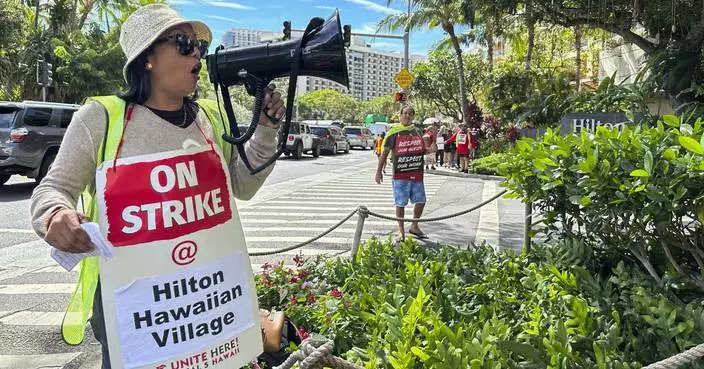OKLAHOMA CITY (AP) — Death row inmates in five states are scheduled to be put to death in the span of one week, an unusually high number of executions that defies a yearslong trend of decline in both the use and support of the death penalty in the U.S.
The first execution was carried out on Friday in South Carolina. Two more death row inmates, in Missouri and Texas, were pronounced dead Tuesday evening following executions. If the two remaining scheduled executions, in Alabama and Oklahoma, are carried out this week, it will mark the first time in more than 20 years — since July 2003 — that five were held in seven days, according to the nonprofit Death Penalty Information Center, which takes no position on capital punishment but has criticized the way states carry out executions.
If this week’s remaining executions are completed, the United States will have reached 1,600 executions since the death penalty was reinstated by the U.S. Supreme Court in 1976, said Robin Maher, the center’s executive director.
“Two on a single day is unusual, and four on two days in the same week is also very unusual,” Maher said.
Here are some things to know about executions set this week across the country.
Experts say five executions being scheduled within one week is simply an anomaly that resulted from courts or elected officials in individual states setting dates around the same time after inmates exhausted their appeals.
“I'm not aware of any reason other than coincidence,” said Eric Berger, a law professor at the University of Nebraska with expertise in the death penalty and lethal injection.
Berger said some factors can result in a backlog of executions, such as a state's inability to obtain the lethal drugs necessary to carry them out, which happened in South Carolina, or a moratorium that resulted from botched executions, like what happened in Oklahoma.
The first of the five executions took place on Friday when South Carolina put inmate Freddie Owens to death for the 1997 killing of a convenience store clerk during a robbery. It was South Carolina's first execution in 13 years, an unintended delay caused by the inability of state prison officials to obtain the drugs needed for lethal injections. To carry out executions, the state switched from a three-drug method to a new protocol of using a single sedative, pentobarbital.
In Missouri on Tuesday evening, Marcellus Williams was put to death by lethal injection for the 1998 stabbing death of a woman in the St. Louis suburb of University City. Williams’ attorneys argued on Monday that the state Supreme Court should halt his execution over alleged procedural errors in jury selection and the prosecution’s alleged mishandling of the murder weapon. But the state’s high court rejected those arguments, and Gov. Mike Parson denied Williams’ clemency request, paving the way for his execution to proceed.
Also on Tuesday, Texas death row inmate Travis Mullis was executed by lethal injection. Mullis, a man with a long history of mental illness who has repeatedly sought to waive his right to appeal his death sentence, was sentenced to death for killing his 3-month-old son in January 2008. In a letter submitted to U.S. District Judge George Hanks in Houston, Mullis wrote in February that he had no desire to challenge his case any further and stated that “his punishment fit the crime.” The 38-year-old is the fourth inmate put to death this year in Texas, the nation’s busiest capital punishment state.
Alabama is preparing to carry out the nation’s second execution ever using nitrogen gas on Thursday, after becoming the first state to use the new procedure in January. Alan Miller is set to die by the process in which a mask is placed over the inmate’s head that forces the inmate to inhale pure nitrogen. Miller, who was given a reprieve in 2022 after his execution was called off when officials were unable to connect an intravenous line, was sentenced to die after being convicted of killing three men during back-to-back workplace shootings in 1999.
In Oklahoma, Emmanuel Littlejohn is set to receive a lethal injection on Thursday after being sentenced to die for his role in the 1992 shooting death of a convenience store owner during a robbery. Littlejohn has admitted to his role in the robbery, but claims he did not fire the fatal shot. The state's Pardon and Parole Board voted 3-2 last month to recommend Gov. Kevin Stitt spare Littlejohn's life, but the governor has yet to make a clemency decision.

This undated photo provided by Texas Department of Criminal Justice shows Texas death row inmate Travis Mullis. (Texas Department of Criminal Justice via AP)
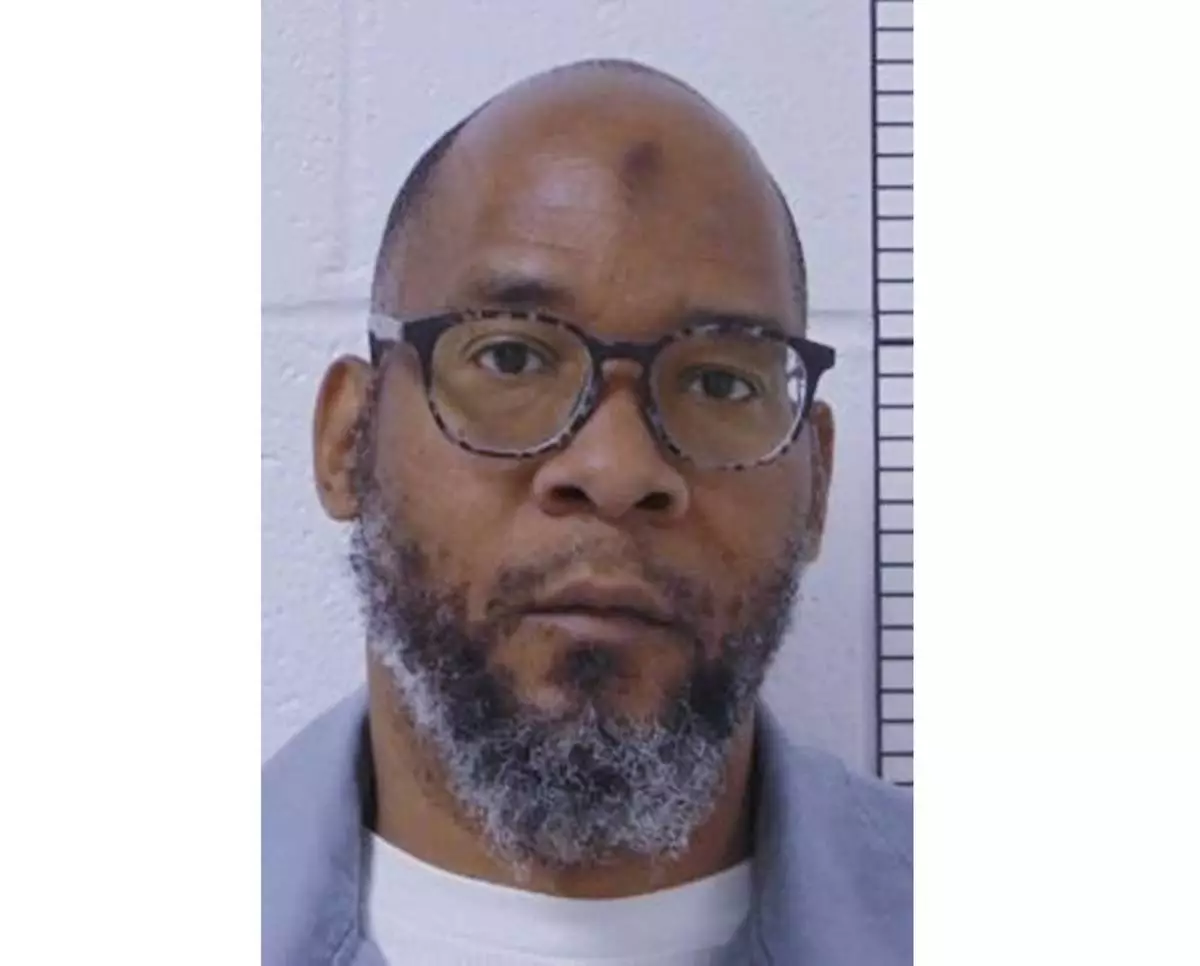
FILE - This photo provided by the Missouri Department of Corrections shows Marcellus Williams. (Missouri Department of Corrections via AP, file)
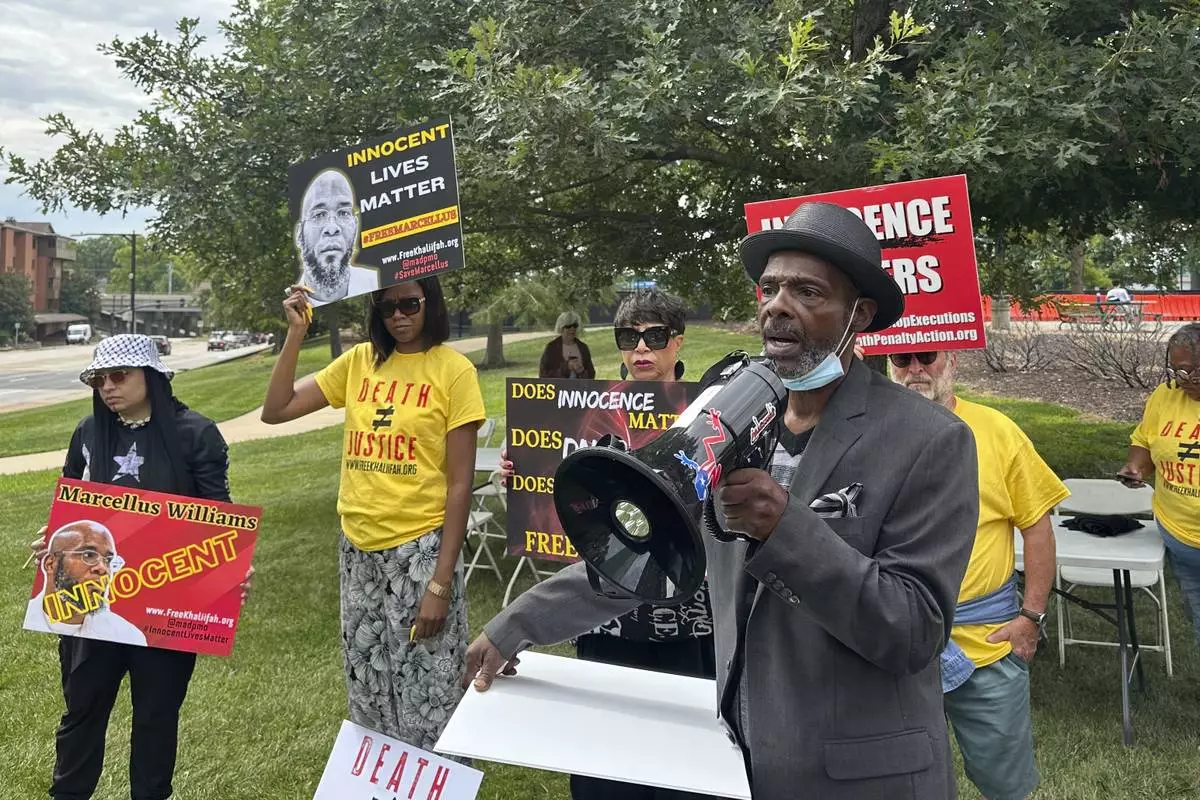
FILE - Joseph Amrine, who was exonerated two decades ago after spending years on death row, speaks at a rally to support Missouri death row inmates Marcellus Williams on Aug. 21, 2024, in Clayton, Mo. (AP Photo/Jim Salter, file)
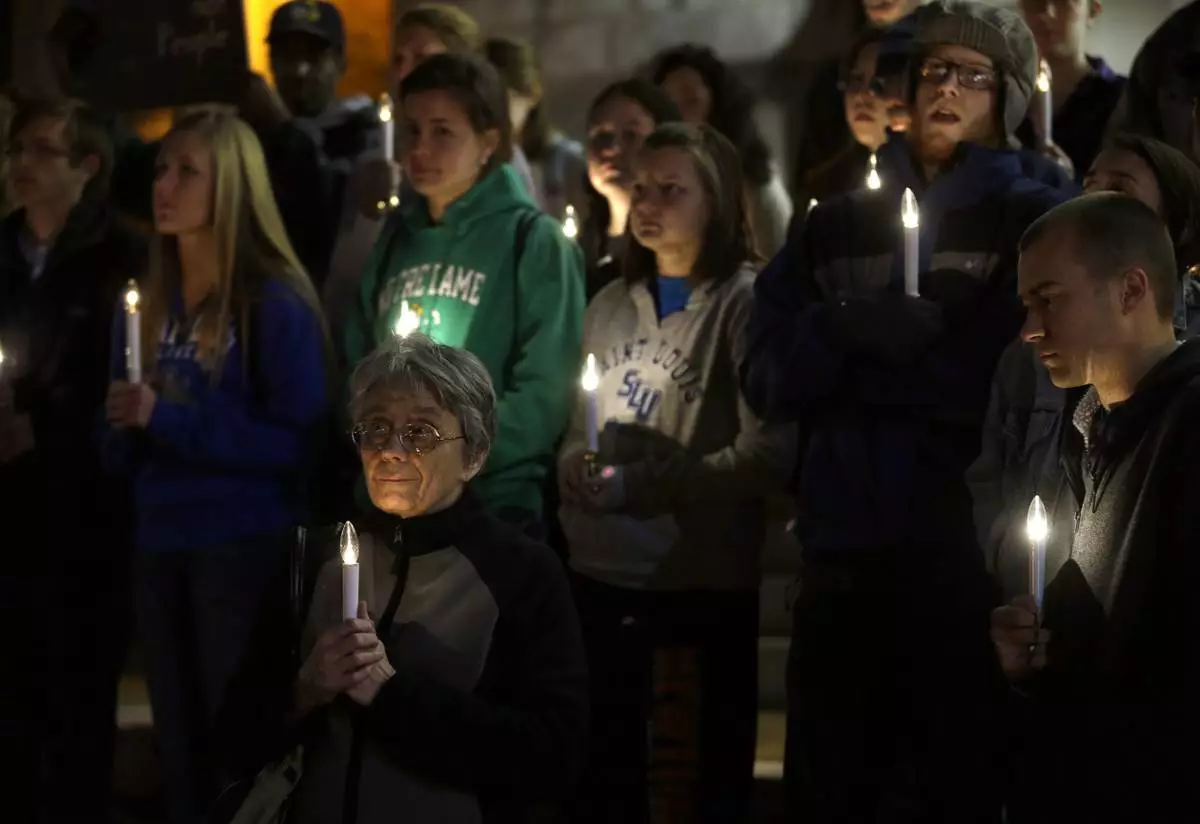
FILE - In this Nov. 19, 2013 file photo, a small group of death penalty opponents stand outside St. Francis Xavier Church during a vigil in protest of the scheduled execution of Missouri death row inmate Joseph Paul Franklin in St. Louis. (AP Photo/Jeff Roberson, File)
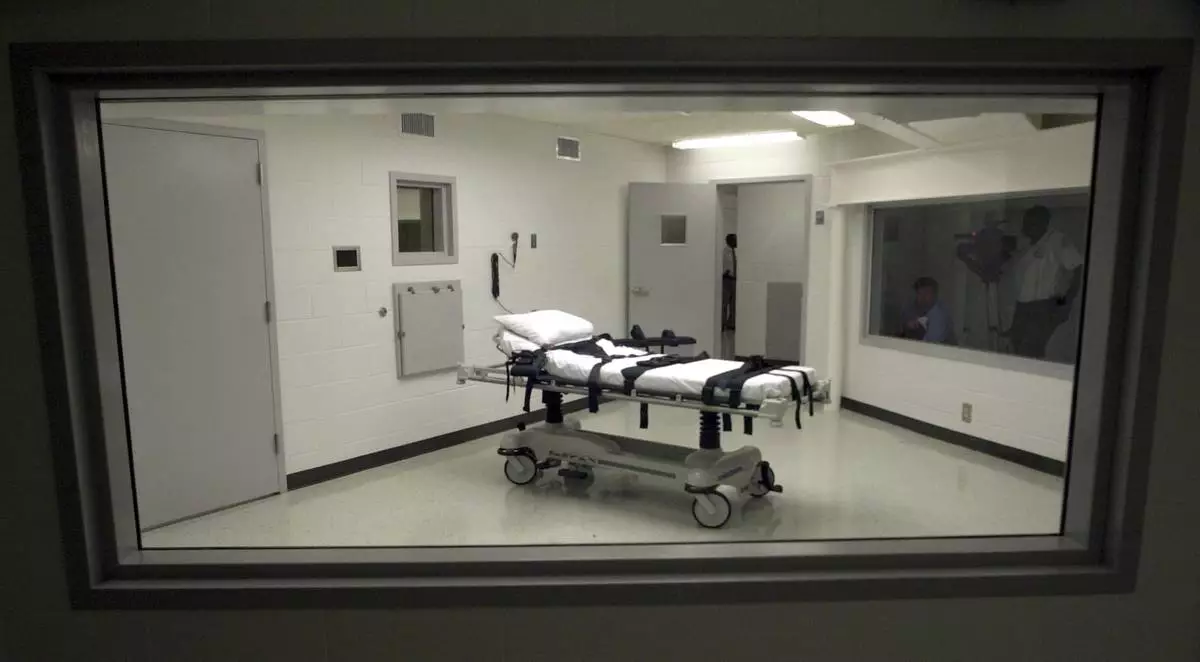
FILE- Alabama's lethal injection chamber is shown Oct. 7, 2002, at Holman Correctional Facility in Atmore, Ala. (AP Photo/Dave Martin, File)


